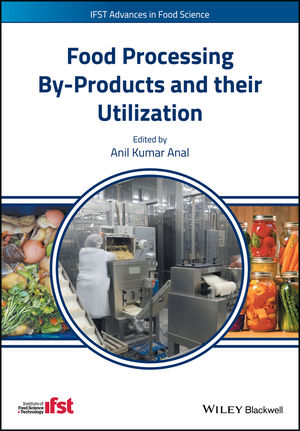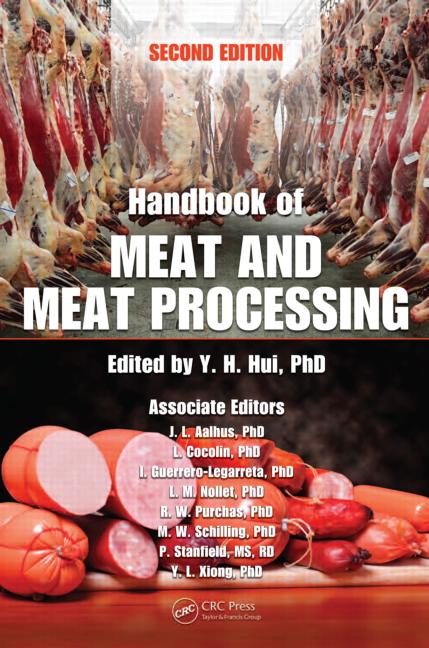Entering into exporting

There is help available for companies to navigate the paperwork and bureaucracy.
Exporting product is an intriguing thought: entering an all-new, potentially lucrative market and selling your product at a premium, and all you have to do is sign a few papers and drop off your product at a dock. Of course, exporting isn’t nearly that easy. There’s the matter of selecting a market, finding a willing partner in that market, overcoming language barriers, meeting the regulatory requirements of both countries and working through all the paperwork.
The initial thought may be that your company isn’t large enough or knowledgeable enough to take on exports. The good news is that many organizations and experts are out there to help make the process as smooth and profitable as possible.
“If you are a small business, and you are trying to hook up with a very large entity (overseas), you may or may not be effective,” explains Steve Colyer of the Miami Dade College of Business and director of the Minority Export Training Program. “But if you’re roughly the same size as the person on the other side, then you can be incredibly effective. They’re going to be responding to local needs and turning on a dime as a smaller business. You as a smaller business are going to be able to turn on a dime as well.”
Kevin Smith, the U.S. Meat Export Federation director of export services, says that it is not the size of the company that dictates the level of success, but the structure of the production that will determine whether or not the company has products in demand internationally, and whether the costs and pricing make sense.
“There is great variety in international customers,” he says. “Some want high volumes of low-cost product while others want high-quality or unique products, as well as a solid relationship with their supplier and reliable customer service.”
The USMEF is able to help potential exporters in several ways, including providing information about the rules and regulations associated with exporting, as well as offering a library of valuable resources. There are additional regional trade groups to help companies succeed in the export market (see table), such as the Southern United States Trade Association (SUSTA), Western United States Agricultural Trade Association, Food Export USA-Northeast and Food Export Association of the Midwest USA.
Specifically, they can:
--organize trade missions, where groups of U.S. processors travel to a foreign country for meetings.
--organize reverse trade missions, where they bring foreign officials to the United States to meet with processors.
--provide access to trade shows, both foreign and domestically, where potential key contacts congregate.
First steps
The first thing a processor should do when considering exporting is finding an appropriate market.
“Meat’s probably one of the hardest business to go international with, because there are so many regulations around export and import,” Colyer says. “After you pass all the FSIS hurdles here, then the importing authority is probably going to have some kind of regulations surrounding the import of goods.”
Selecting a country to ship product requires some research, notes Erin Daley, USMEF economist.
“One important thing to consider is the import duties on U.S. red meat products and any competitive advantages that other countries might have through an FTA (free trade agreement) or other bilateral or regional trade agreement,” she says. She notes that China is the largest emerging foreign market, but there are many growth opportunities in the ASEAN (Association of Southeast Asian Nations) region, the Middle East, Mexico and Central and South America.
There are plenty of logistical questions that have to be answered as well, notes Smith.
“A company has to determine whether to ship by air or by sea freight, and with which shipping company. What type and size of container will be needed? How much cargo space? Are you going to invoice, use Letters of Credit or ask for a percentage of up-front payment from your customer?
“A freight forwarder can often help with many of these issues, and can help with managing the documentation and customs coding of your product,” he adds.
Colyer recommends a processor avoid taking on too much at once.
“[Some companies] focus on three or four or five markets the first time through, and they don’t really work with any one of them in detail,” he says. “They don’t really develop the relationship that is necessary in international business. There is a lot to be said for knowing your customer or potential distribution partner, working with them and figuring out what makes them tick and how you can help them make money.”
Case in point
One company that is looking at exports is Home Style Foods LLC, located in Stockbridge, Ga. The company initially began operations as Shumake Sausage, founded by the late Sen. Hildred Shumake. In 2007, a group of investors led by David Martin, Shumake’s former attorney and classmate from Morehouse College, bought a minority interest and eventually the majority interest in the company.
Martin, president and CEO of the company, was introduced to SUSTA a couple of years ago and quickly saw the possibilities of exporting the company’s pork sausages and other products.
“We felt that our product has the ability to become an international brand,” he says. “We have a strong flavor profile, and we just needed some opportunities.”
Home Style’s products are widely available throughout the Southeast, in most of the major grocery chains. At one point, its products were available in the Caribbean through Winn-Dixie, and they were very successful. However, Home Style lost that market when Winn-Dixie gave up its Caribbean outlets.
“We thought that if there was someone out there willing to give us some assistance, then that’s a market that we could tap into,” says Martin. “At the same time we work to grow our business nationally, we could grow our business internationally.”
Home Style has been very active with SUSTA events, including going on trade missions, participating in inbound trade missions and attending trade shows abroad. Martin says that the company is six to nine months away from shipping product to Brazil, and potentially other countries after that, as a result of those efforts. However, it has been a challenge.
For example, some foreign countries do not accept products that contain nitrites, which are accepted preservatives in the United States. Tariffs also are a problem, as Home Style’s premium sausage products would be priced out of the marketplace in some countries. Maintaining a long enough shelf life has been another hindrance. The company’s turkey sausage patty has a shelf life of 120 days frozen, but most countries are looking for a year’s shelf life.
“We have been looking at our smoked sausage, which generally has a 100-day shelf life if it’s refrigerated. We’re working on tests to show it will be good for a year frozen,” Martin says. “That’s the key, finding products that you can maintain and will still retain their freshness after a year. Anything short of that, it’s not going to be viable in the export arena.”
Home Style’s tenacity has led to some important breakthroughs, however. Martin says that one of the keys to the company’s good relationship with its potential Brazilian partner was actually making the trip to Brazil for a one-on-one meeting.
“We translated all of our documentation into Portuguese,” he notes. “We walked into the room and presented this to the prospective client, and he was very, very impressed that, first of all, we had incurred the expense and made the trip. Secondly, that we had gone ahead and translated our material into Portuguese. From his point of view, it showed that we had a willingness to work.”
Martin credits SUSTA for its assistance and recommends that other processors work with a national or regional organization.
“There are a lot of regulations and a lot of paperwork,” he says. The minutiae of that paperwork can have pretty significant consequences, such as determining who is responsible for the product while in transit or who is going to bear the risk of loss.
“You might think that when you get it to the dock, you’re done, and that may well not be true,” Martin says. “All those things get to be very intricate. I have a legal background, and I still wouldn’t want to do it on my own.”
Looking for a reprint of this article?
From high-res PDFs to custom plaques, order your copy today!






